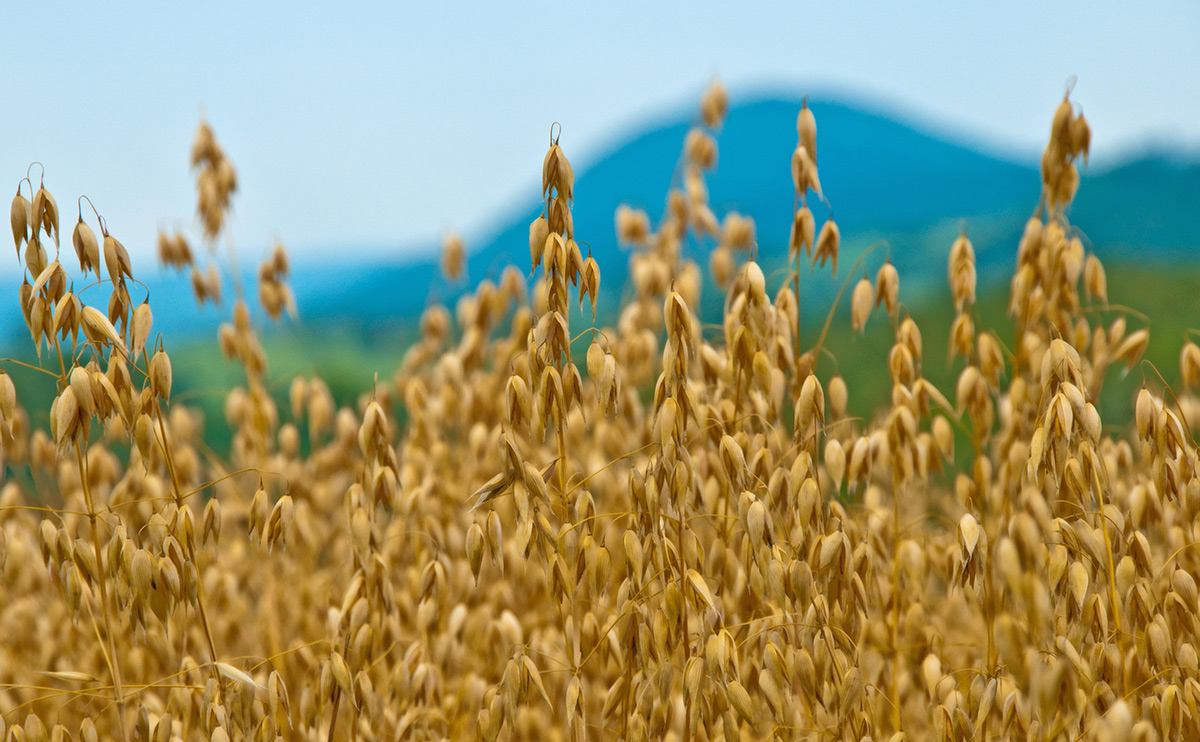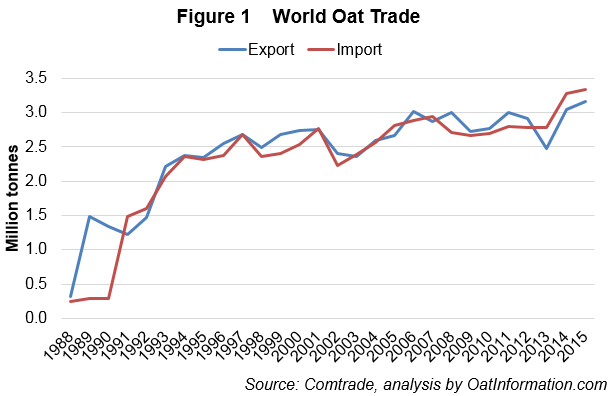
Increasing demand for food products containing oats, combined with declining global oat production, will continue to increase world oat trade, according to AHDB.
While 10 countries still account for 85% of the world’s oat trade, there are new emerging participants.
These include oat exporters Lithuania, Estonia, Poland, and the United Kingdom.
Meanwhile, China has particularly grown its imports and is now the third largest global raw oat importer.

After nearly ten stagnant years, world oat trade is again trending higher, with global oat imports and exports climbing to new record highs in 2015.
This comes despite steadily declining oat production and reduced feed use of oats in most global regions and countries.
Driving the rising oat trade is the increasing demand for food products containing oats, such as breakfast cereals and snack bars, and the healthy reputation oats have with consumers, which is prompting food processors to develop new uses for oats.
The decline in oat production is the single largest driver of the record trade in oats, as millers and processors look to non-domestic sources to meet their increasing demand for milling quality oats.
'Steady decline in oat production'
The long term steady decline in oat production is a direct function of “consistently” low net returns for growers.
Other commodities, such as wheat, oilseeds and specialty crops, are providing significantly better returns in most countries and regions, a trend that will remain in place moving forward.
Reduced feed demand for oats, commercially and on farms, has also contributed to the declining trend in oat production and rising world oat trade.
Historically, oats were fed on farms in large volumes but declining animal numbers in many countries have reduced the demand for feed oats, and hence, production has declined.
Increased use of complex compound feeds has also resulted in sharp declines in oat use in horse feed markets.
The combination of declining feed use of oats and production will continue to see world oat trade trending higher, as millers are left with few options to maintain a steady supply of quality oats.
